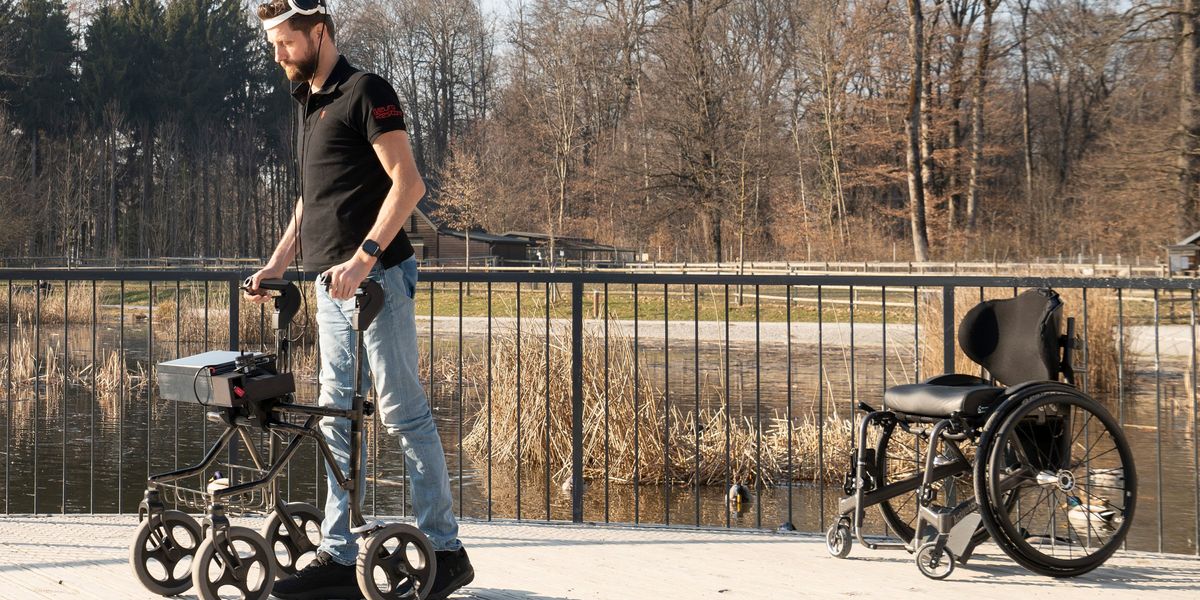I learned the term “glass cliff” when she was hired.
Techie, software developer, hobbyist photographer, sci-fi/fantasy & comics fan in the Los Angeles area. He/him.
Main: @kelson@notes.kvibber.com
Website: KVibber.com #IndieWeb
Moved from KelsonV@lemmy.ml
- 2 Posts
- 22 Comments
I have a single Raspberry Pi 3b as a local file/media server running Jellyfin. I’m also running BOINC and seeding torrents of various Linux distributions. External HDD for storage, plus a thumb drive for the local media and another for the torrents so it only has to spin up when someone’s actually using it.
It’s not super-fast by any means, but it’s fast enough to listen to music over my LAN, which is the main thing I need it to do quickly. Though eventually I plan on setting up a better NAS on something with faster I/O.

 1·1 year ago
1·1 year agoIf I was only using it for file sync, maybe. Though as it happens, the Linux desktop file sync client works fine on here, and I can work on files locally.
But that doesn’t help for things like, say, account settings, or tasks, or getting the right caldav URL to be able to plug it into a local client.

 31·1 year ago
31·1 year agoI’m using it for multiple services, not just one, and while some have apps available, not all do, and some features aren’t supported in the corresponding app.

 7·1 year ago
7·1 year agoI’m using Nextcloud for a lot more than just file sharing. Calendar, contacts, tasks, RSS reader sync, etc.

 9·1 year ago
9·1 year agoSame. Thunderbird now has native support for CalDAV and I use DAVx5 to sync it with my Android devices.

 3·1 year ago
3·1 year agoEven better: the one-star review on the pre-order page complaining that it’s not out yet!

 1·1 year ago
1·1 year agoI’ve been using it for a while now. Currently on the “main” instance, cross-posting reviews to my website.
I used names of fictional robots, androids and self-aware computers (though I avoided HAL for obvious reasons) for a long time. These days my wife and I usually go with an indirect reference to the function or hardware - Ex. a device named Anathema, or a Raspberry Pi server named Marie (as in Marie Callendar, a former local pie/restaurant chain). I had an expendable frankenputer for tinkering that I called RedShirt.
Currently trying to come up with a name other than Chris for the PineTab 2.
Edit to add: Places I’ve worked have used Roman emperors, drink brands, Simpsons characters, and of course basics like “IIS1” “MAIL4” “QA-3” and so on. Some would add numbers to the names sequentially, others would use the last octet of the IP address.

 7·1 year ago
7·1 year agoAt least until the NUCs run out, now that Intel’s discontinuing them
I tried setting up both for a local music server last year, and found Plex’s cloud requirements and constant upselling were more of a pain than it was worth. Jellyfin was the one I kept.

 1·1 year ago
1·1 year agoSimilar experience here, esp. with the comments.

 231·1 year ago
231·1 year agoIt’s unclear what evidence Twitter has that former employees who now work at Meta continue to have access to Twitter intellectual property or trade secrets. Twitter responded to a request for comment with an automated email of a poop emoji.
Or for once the poop emoji is an accurate representation of the “evidence.”
Stopped clock and all that.
I think the tutorial posts are a great idea! Looking forward to the first one.
Yep. DigitalOcean specifically recommends SendGrid as an alternative: https://docs.digitalocean.com/support/why-is-smtp-blocked/

 2·1 year ago
2·1 year agoI like Alpine Linux for my VPS servers, but that’s because it’s very lightweight, not because of ease of use.
For user friendliness I’ve heard really good things about Yunohost, which runs on Debian and lets you manage a lot of different software, Nextcloud included

 5·1 year ago
5·1 year agoSame here. I tried both on a Raspberry Pi, and JellyFin was easier to set up and seemed to work better, at least within the LAN. I uninstalled Plex as soon as JellyFin was ready to go.

 2·1 year ago
2·1 year agoKeePass, mainly.

 1·1 year ago
1·1 year agoIt’s not the static assets, it’s the database queries

When someone named Kafka says it’s the “weirdest”…that says something!